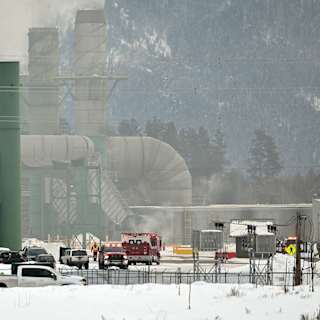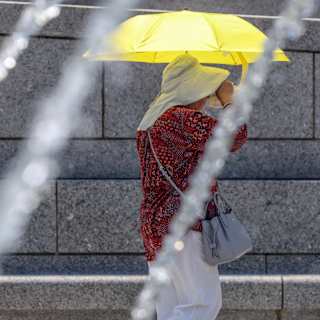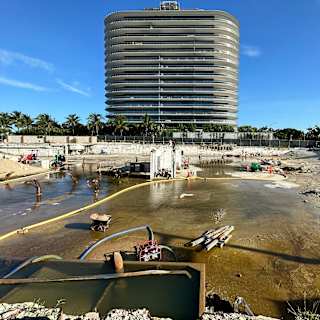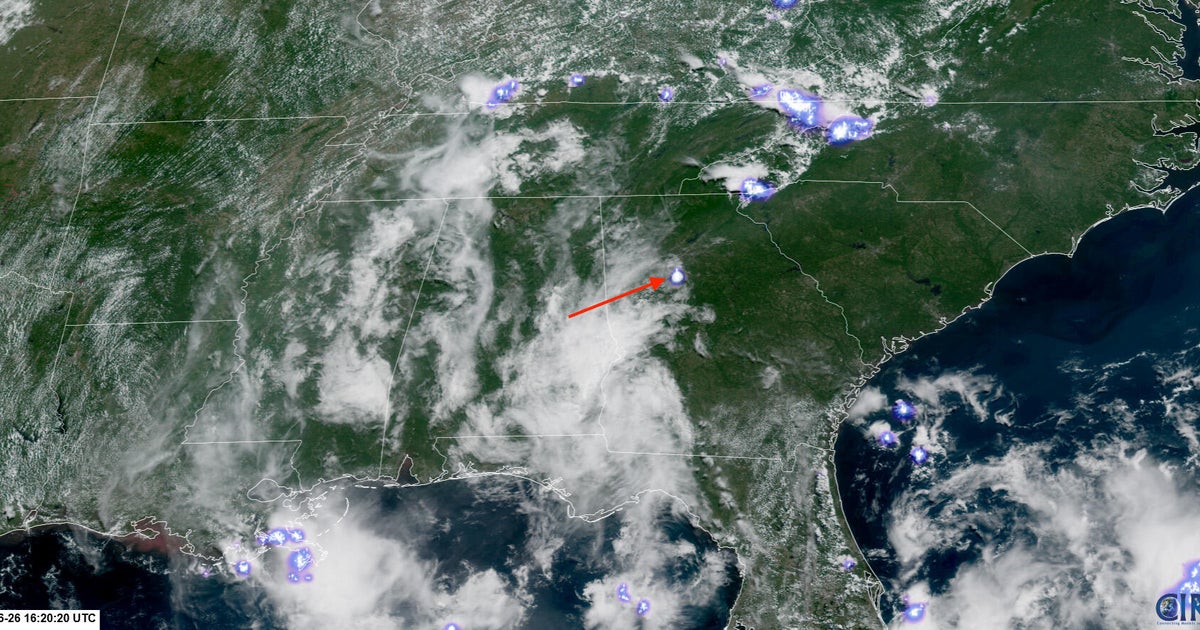- Direct Impact Damages Home
- Rare Daylight Phenomenon
- Historical Context
A daytime meteor exploded over Georgia Thursday with the force of 20 tons of TNT, sending a pressure wave that rattled windows across the Southeast and punched a hole through the roof of a Henry County home in what NASA confirmed as a rare celestial impact.
The three-foot-wide space rock, weighing more than a ton, disintegrated 27 miles above West Forest, Georgia, at 12:25 p.m. after streaking through the atmosphere at 30,000 miles per hour. The American Meteor Society received more than 160 reports from witnesses across Georgia, South Carolina, North Carolina and Tennessee who described a brilliant flash followed by booms that initially led many to suspect an earthquake.
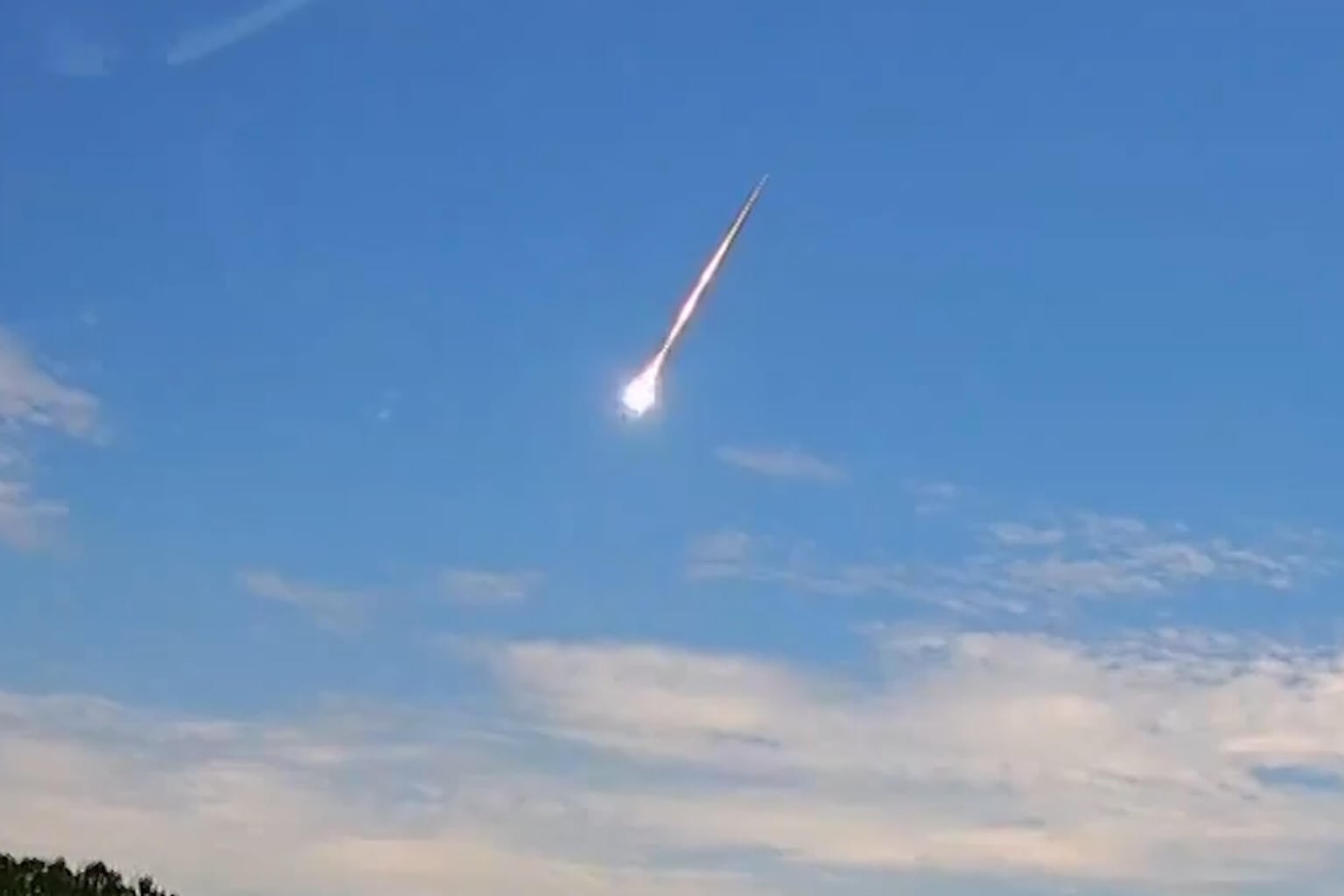
Emergency officials in Henry County confirmed that debris from the meteor crashed through a residential roof, leaving a hole in the ceiling and scattering rocky fragments across the floor12. Henry County Emergency Management Director Ryan Morrison visited the home to ensure residents' safety after the homeowner reported hearing a gunshot-like sound before discovering the damage2.
"This was the middle of the day, and it just came out of nowhere," one witness reported to the American Meteor Society from Perry, Georgia1. The U.S. Geological Survey confirmed no seismic activity occurred, indicating the widespread shaking was caused by the sonic boom from the meteor's atmospheric entry34.
Bill Cooke of NASA's Meteoroid Environment Office said the meteor was first detected 48 miles above Oxford, Georgia, before traveling southwest and breaking apart12. The explosion triggered lightning sensors on NOAA's GOES satellites and left a smoke trail visible on radar stretching from Tennessee into northern Georgia34.
Robert Lunsford of the American Meteor Society told CBS News that daylight fireballs occur roughly once monthly worldwide, with only one in 700 fireball events visible during daylight hours52. The meteor may belong to the Beta Taurid meteor shower, which peaks around June 2552.
The Georgia impact joins a small number of documented cases where meteors have struck buildings in the United States, including the 1992 Peekskill meteorite that damaged a car and the 2010 Lorton meteorite that crashed through a Virginia doctor's office1. While much smaller than the 2013 Chelyabinsk meteor that injured 1,500 people in Russia, the Georgia event demonstrates the ongoing potential for space debris to reach populated areas23.
"Most people go a lifetime without seeing one," Lunsford said4.
